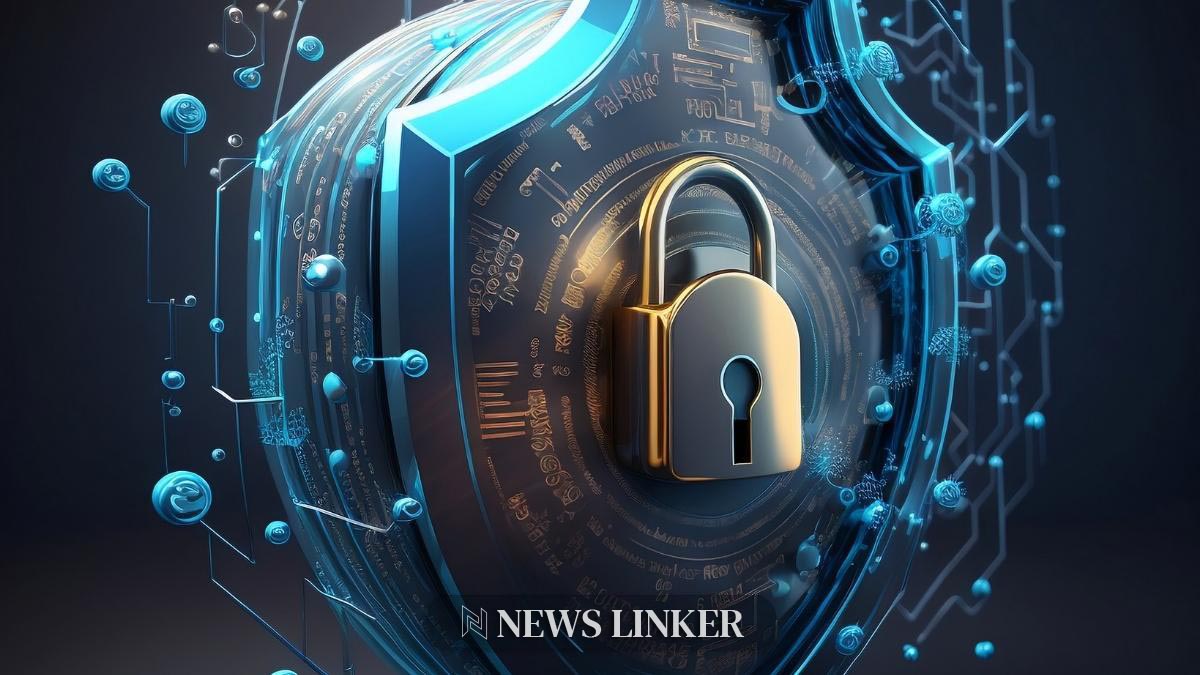The recent cybersecurity recap highlights ongoing threats, vulnerabilities, and defensive countermeasures critical for maintaining robust security postures. It underscores the importance of staying informed about emerging cyber risks and attack vectors to effectively protect assets. The dynamic nature of threats necessitates continuous situational awareness to ensure comprehensive defense mechanisms against evolving cyber attacks.
Comparing past reports, the persistence and evolution of certain cyber threats are evident. Historical data shows that Russian APT hackers, known for targeting critical infrastructures, continue to refine their techniques. Previously, these groups primarily utilized phishing and malware; recent strategies now include sophisticated methods like domain controller hijacking and multi-channel communication networks. Similarly, the exploitation of software vulnerabilities remains a consistent threat. For example, past Foxit PDF Reader flaws have evolved into intricate social engineering attacks, demonstrating an ongoing trend of leveraging software weaknesses.
Additionally, ransomware attacks have shown both persistence and advancement. Past reports on ransomware campaigns revealed straightforward distribution methods, whereas current strategies, such as the trojanized installers of WinSCP and PuTTY, indicate a higher level of sophistication with complex payload delivery mechanisms. This evolution underscores the need for vigilant cybersecurity practices and adaptive defense strategies to counter increasingly innovative cybercriminal tactics.
Critical Cyber Attacks
Russian APT hackers have been actively targeting critical infrastructure, employing various legitimate software installations to deploy malware. One notable tool used is the ShadowPad RAT, which creates multiple backdoor communication channels. Tactics include phishing emails, domain hijacking, and data theft, with the stolen information often sent to servers located in China. These sophisticated attacks highlight the need for robust cybersecurity measures and continuous monitoring of critical systems.
Exploiting Software Vulnerabilities
Foxit PDF Reader users are at risk due to a design flaw that allows attackers to execute malicious code through deceptive security warnings. This flaw bypasses traditional security mechanisms, making the exploit less detectable and more dangerous. Similarly, a campaign distributing trojanized WinSCP and PuTTY installers has led to malware downloads, persistence establishment, data theft, and ransomware deployment, showcasing tactics similar to those used by known ransomware groups like BlackCat/ALPHV.
Linux Servers Under Attack
A significant botnet comprising over 400,000 hacked Linux servers has been linked to cryptocurrency thefts and other financial crimes. The Ebury malware group, operating since 2009, employs diverse propagation methods, including ARP spoofing and hijacking hosting infrastructure, to expand their network. Recent updates to the Ebury malware have made it more challenging to detect, demonstrating the continuous evolution of threats against Linux servers.
Key Security Inferences
- Implement multi-layered security protocols to combat sophisticated cyber attacks.
- Regularly update software to mitigate vulnerabilities and prevent exploits.
- Utilize advanced monitoring tools to detect and respond to emerging threats promptly.
- Educate users on recognizing and avoiding phishing and social engineering attacks.
- Adopt comprehensive data backup strategies to recover from ransomware incidents.
Cybersecurity threats are becoming increasingly sophisticated, necessitating more advanced and adaptive defense strategies. The continuous evolution of attack methods, from exploiting software vulnerabilities to executing complex ransomware campaigns, highlights the importance of staying informed and proactive. Organizations must prioritize regular updates, user education, and robust monitoring to mitigate risks effectively. Maintaining a vigilant and adaptive security posture is crucial in defending against the ever-changing cyber threat landscape.










